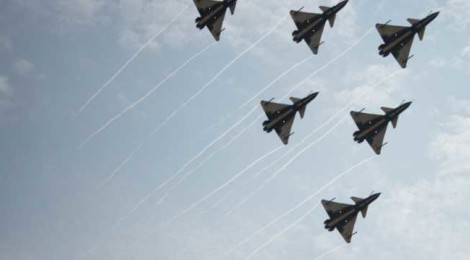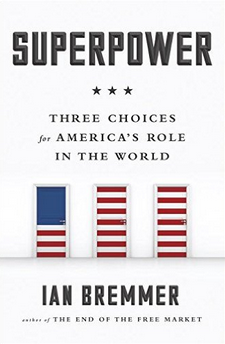
China’s Weapons of Mass Consumption
What will happen when Beijing floods the world with cheap aircraft and warships?
In August 2014, China’s state-owned Hudong-Zhonghua Shipbuilding Co.launched a new frigate, a small warship often used for submarine warfare or coastal defense, into Shanghai’s Huangpu River. As the frigate slid into the water, a casual passerby might have assumed that it was simply another ship in the Chinese Navy’s rapidly growing fleet. Yet its intended recipient was not China’s navy, but Algeria’s — the first of three that Algeria had ordered from China at a Malaysian arms expo in 2012.
China has long been one of the world’s leading suppliers of small arms, but its sale of the frigates was not an anomaly. As the independent Stockholm International Peace Research Institute reported in mid-March, China is now the world’s third-largest arms exporter, having overtaken France and Germany, and trailing behind Russia and the United States. In 2010 to 2014, not only was China’s share of global arms sales nearly double that of the previous five-year period — 5 percent as against 3 percent in 2005 to 2009 — but its exports of major weapons platforms rose by 143 percent compared to the previous half-decade.
Over the next decade, advanced weapons platforms — once the purview of Western and Russian defense industries — will flood the arms market as China, and to a lesser degree India, become global suppliers. Developing countries that once could only afford secondhand Cold War-era weapons will soon be able to acquire everything from modern fighter aircraft and warships to precision-guided munitions, all without breaking the bank. And not unlike with consumer electronics, the quality of these platforms will increase over time, even as their prices fall.







